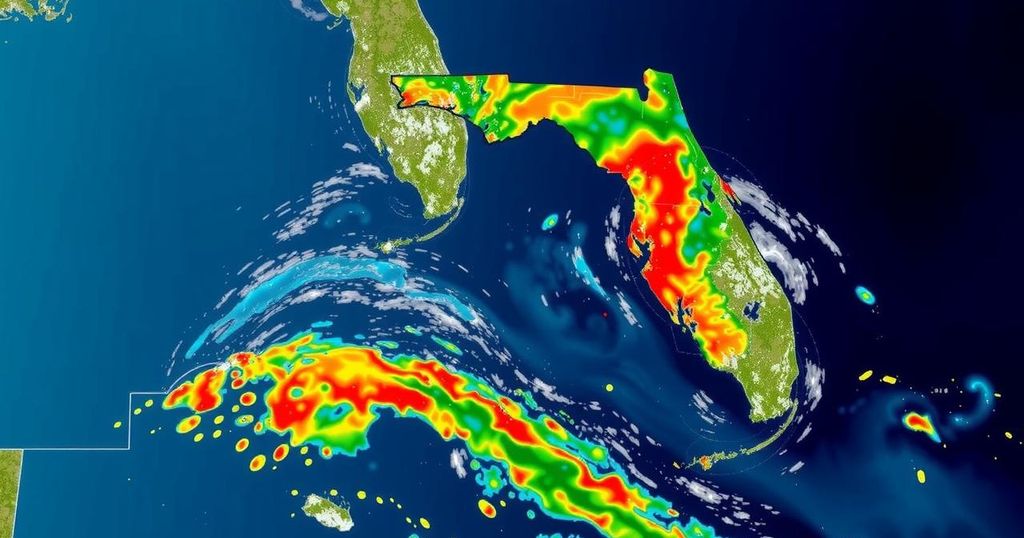Hurricanes in November: Florida’s Unusual Storm Patterns and Climate Impacts

Florida has experienced only three hurricanes in November since records began. Currently, a new storm named Sara is expected, which may become the fourth hurricane to make landfall in Florida this season. Historical storms in November have caused significant damage, and rising ocean temperatures may indicate increasing odds for late seasonal hurricanes.
The Atlantic hurricane season officially runs from June 1 to November 30, yet hurricanes striking Florida in November are notably rare. To date, only three hurricanes have made landfall in Florida during this month since reliable records began: an unnamed hurricane in 1935, Hurricane Kate in 1985, and Hurricane Nicole in 2022. These storms highlight unusual weather patterns, as typically, by late November, sea temperatures have cooled considerably, disrupting the conditions required for tropical storms to form. Nevertheless, recent trends indicate a rise in ocean temperatures which may increase the likelihood of late-season hurricanes. The impending storm, currently forming in the Caribbean and likely to be named Sara, could further complicate what has already been a tumultuous season. If it makes landfall in Florida, it would become the fourth hurricane to do so in a single season, setting a concerning precedent in a year that has already witnessed major storms, Helene and Milton. According to Ryan Truchelut from WeatherTiger, the Gulf’s heat content remains elevated for this time of year, suggesting a correlation between warm ocean waters and storm activity. Historically, the unique cases of November hurricanes have had significant impacts. Hurricane Nicole, which made landfall on November 10, 2022, demonstrated the potential for severe weather with its Category 1 status at landfall and caused considerable damage. The same can be said for Hurricane Kate and the hurricane known as the Yankee hurricane which occurred in 1935, revealing that while infrequent, hurricanes occurring in November can still deliver devastating effects.
Florida has a documented history of hurricanes, with the official hurricane season spanning several months during which storms typically form and intensify. However, late-season hurricanes, particularly in November, are rare due to typically cooler ocean temperatures. Notably, when such storms do occur, they tend to be more severe than their October counterparts, leading to increased scrutiny regarding changing climate patterns and their impacts on hurricane frequency and intensity. The confluence of warm ocean waters and atmospheric conditions play critical roles in the development of these powerful storms.
In summary, while hurricanes striking Florida in November are infrequent, their implications are significant, as evidenced by past storms such as Hurricanes Kate and Nicole. The trajectory of the current storm could potentially set new records for hurricane landfalls in a single season, further underscoring the impact of rising ocean temperatures and changing climate patterns on hurricane activity. Florida remains vulnerable as climate dynamics continue to evolve, reinforcing the need for constant monitoring and preparedness.
Original Source: www.staugustine.com







